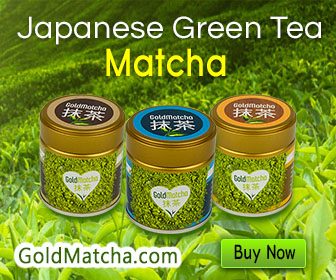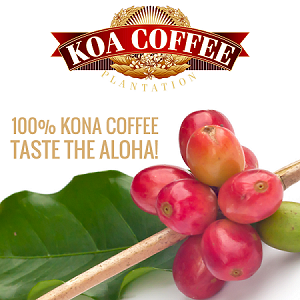As reported in many studies and as in peer-reviewed articles, the best matcha tea comes from Japan and the best of that is Uji Matcha i.e. matcha from the small city of Uji. This article will list the reasons why Uji matcha is the best matcha tea and the best in the world.
Uji is located mid-way between Japan's ancient capital of Kyoto and Nara. Its close proximity to these important historical and cultural centers resulted in Uji's early development as a cultural center in its own right. When Zen Buddhist monk, Myoan Eisai first brought green tea to Japan in the late 12th century, he shared the seed and method of planting and cultivation to the local Uji monks, where green tea production later flourished.
Want to try a premium ceremony grade Uji Matcha? Try out this brand that is an organic matcha and highly rated.
Uji's Location
Uji Unique Topography and Climatic Conditions
The geography and climate in Uji are uniquely suited for growing tea. Uji is surrounded by mountains, river and Lake Biwa that create a perpetual fog that forms above the Uji river, which spreads across the tea fields and gives the tea leaves moisture.
It is mildly windy and although summer is hot and winter severely cold, it never develops frost. Being 50 km inland, Uji is protected from the severe storm and has mild rainfall when compared to other tea growing regions in Japan. Its slope is also gentler than other regions that make cultivation and harvesting easier.
This unique topography and climatic conditions are some of the reasons why Uji produces the best green tea plants.
Uji Soil Condition
The lake, river and small streams in Uji give the region the humus and old sediment that results in the rich and fertile soil. Its acidic soil is also an important reason for the dark colored tea leaves that create the mellow and deep taste of Uji Matcha green tea.
Uji Green Tea Cultivation Method
The cultivation method by shading the tea leaves to increase the chlorophyll level was developed in Uji, which later spreads to other tea growing regions in Japan. The higher chlorophyll content gives matcha green tea powder the spring green color, an important indicator of a high-quality matcha.
The shading by about 80% is done during the final weeks before harvest and this will go on for between 10 to 20 days. A few days
before harvest, the shading will be increased to around 95%.
Uji Production Method
Only the youngest green tea leaves are harvested by hand and will be immediately steamed for around 20 seconds. This help prevents oxidation, loss of color and the nutritional properties. It is then cooled and dried to give the full leaves tea or 'aracha'.
The next step is to de-stem this aracha to produce leaves without stem or 'tencha'. The final process to create the best matcha tea is to grind tencha into super-fine powder. This is ground manually using stone mill in order to keep the temperature below 45C. This is to prevent any oxidation and to preserve taste and color. Matcha green tea powder is a fragile material to protect it from light and humidity, which will make matcha loss all its goodness, it will be packed immediately after grinding.
Want to try a premium ceremony grade Uji Matcha? Try out this brand that is an organic matcha and highly rated.
Uji Matcha Green Tea Powder
It is all these “terroir” – natural soil characteristic, geographical and climatic condition, location and altitude, and the cultivation and production methods that make Uji Matcha the best matcha tea in the world.
Have you tried Uji matcha before? If you need to 'mask' the matcha green tea taste, try having it as matcha latte or matcha smoothie. Check out my article on 8 delicious Matcha green tea smoothie here. Please share your experience in the comment box below.
For a related article on the history of coffee - infographic, click here.
Have you tried Uji matcha before? If you need to 'mask' the matcha green tea taste, try having it as matcha latte or matcha smoothie. Check out my article on 8 delicious Matcha green tea smoothie here. Please share your experience in the comment box below.
For a related article on the history of coffee - infographic, click here.





Are there any differences between Matcha from China and Matcha from Japan? These countries are almost in the same latitude.
ReplyDeleteHi, yes there lots of differences. Although green tea originally came from China, Matcha was refined and perfected using the unique method of planting and harvesting only after it was brought to Japan. this gives Japanese Matcha that unique color and taste. It also has higher level of antioxidants esp. epigallocatechin gallate (EGCG), the component that is useful to maintain good heart and metabolic health.
ReplyDeleteMatcha from China is usually brownish yellow in color unlike Matcha from Japan that is a vibrant green color. Chinese matcha does not froth easily as it is not grown under shade and is 'pan-fried' to stop the oxidation process.
Another important difference is the Japanese Terroir - the soil, climate, geography, and altitude, which gives Japanese matcha that superior quality over any other matcha grown in China and other parts of the world.
Japanese matcha is also governed and monitored through a stringent process by the Japanese Tea growing association, unlike in China. So quality control is better in Japan.
These are just some of the differences between Japanese Matcha and Chinese Matcha. Hope it answers your question.